 © drubig-photo/Adobe Stock
© drubig-photo/Adobe Stock
Climate-Neutral Living with Clean Energy
Buildings account for 40 percent of energy consumption in the EU. wienerberger is delivering sustainable housing solutions – with green energy and innovative brick solutions.



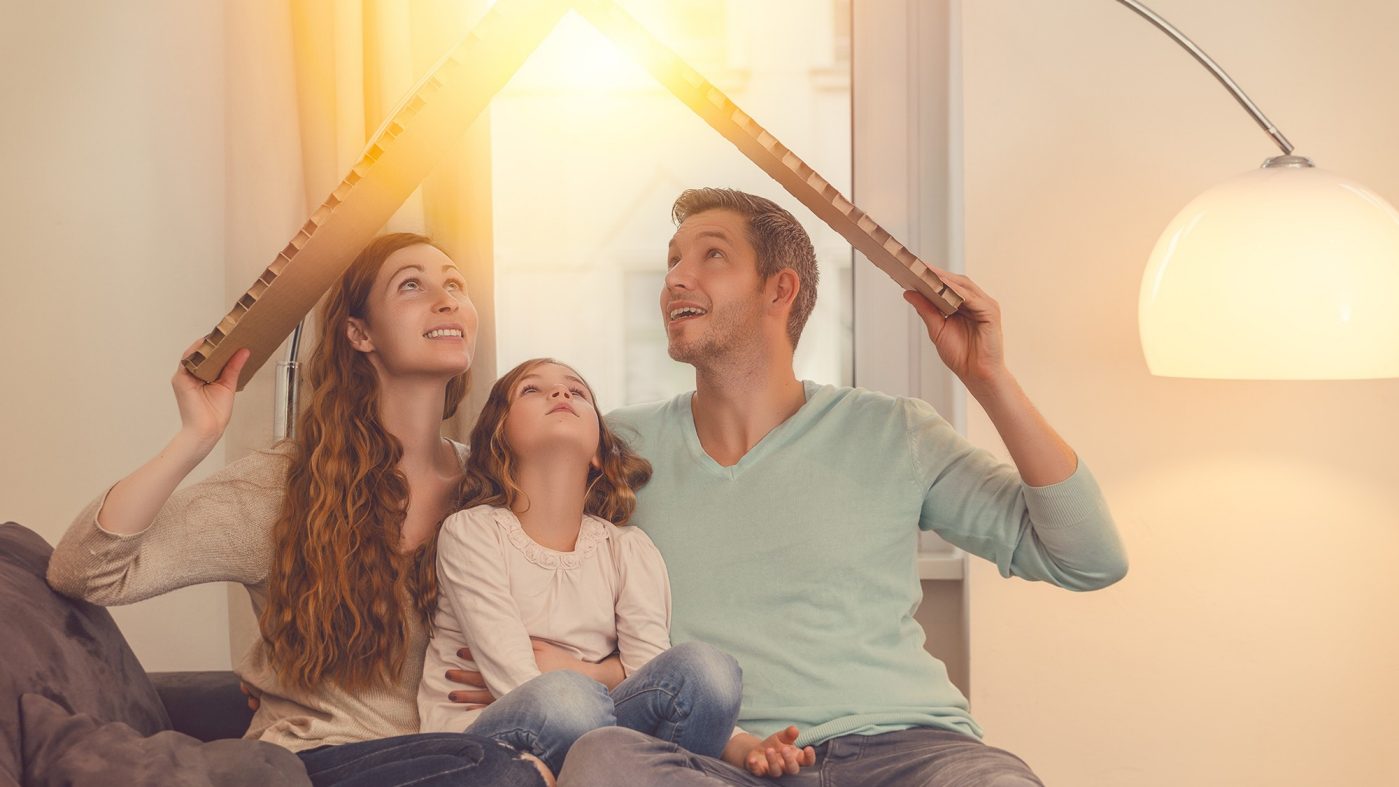 © detailblick-foto/Adobe Stock
© detailblick-foto/Adobe Stock
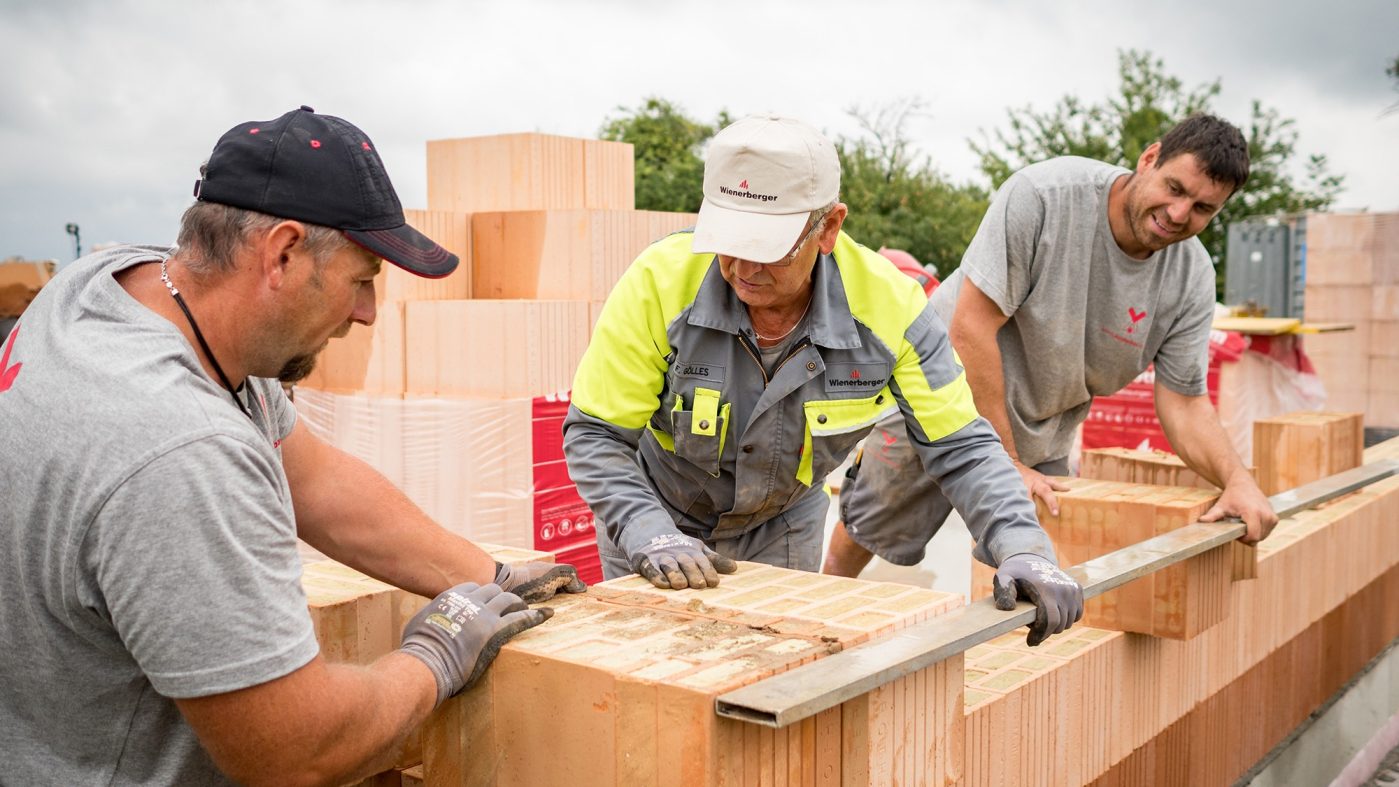 © Wienerberger
© Wienerberger
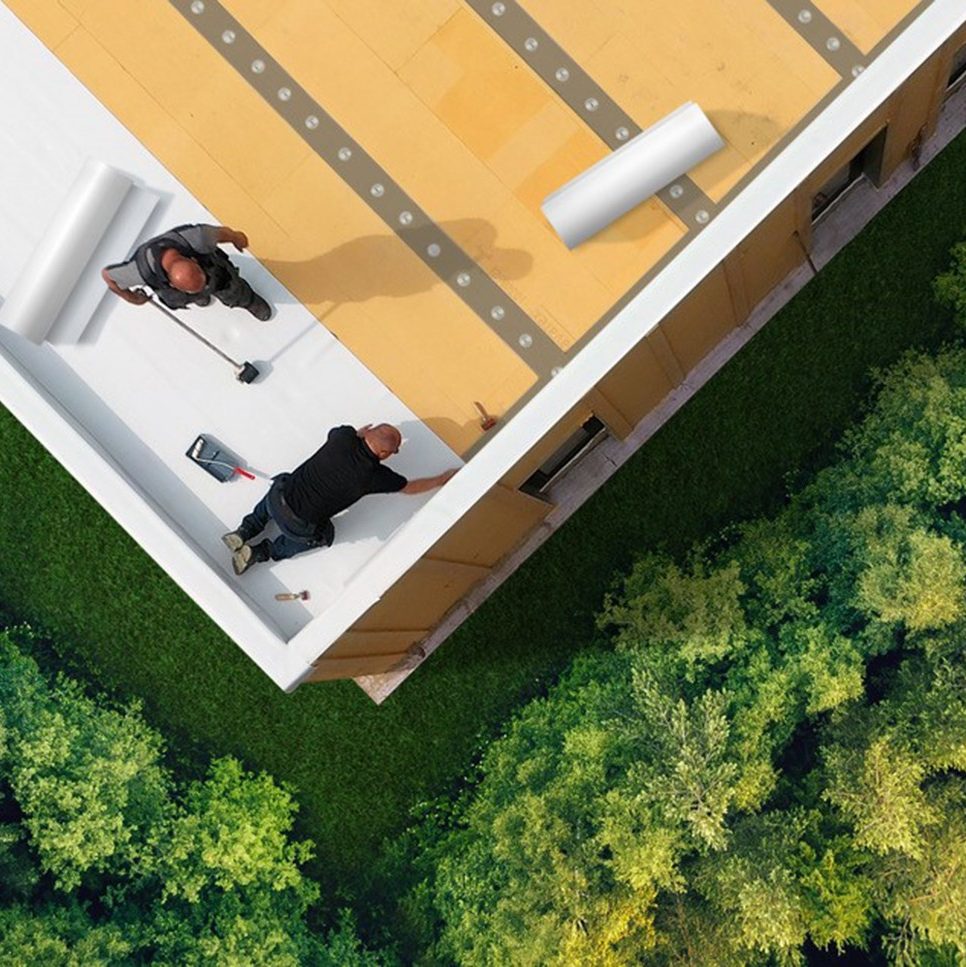
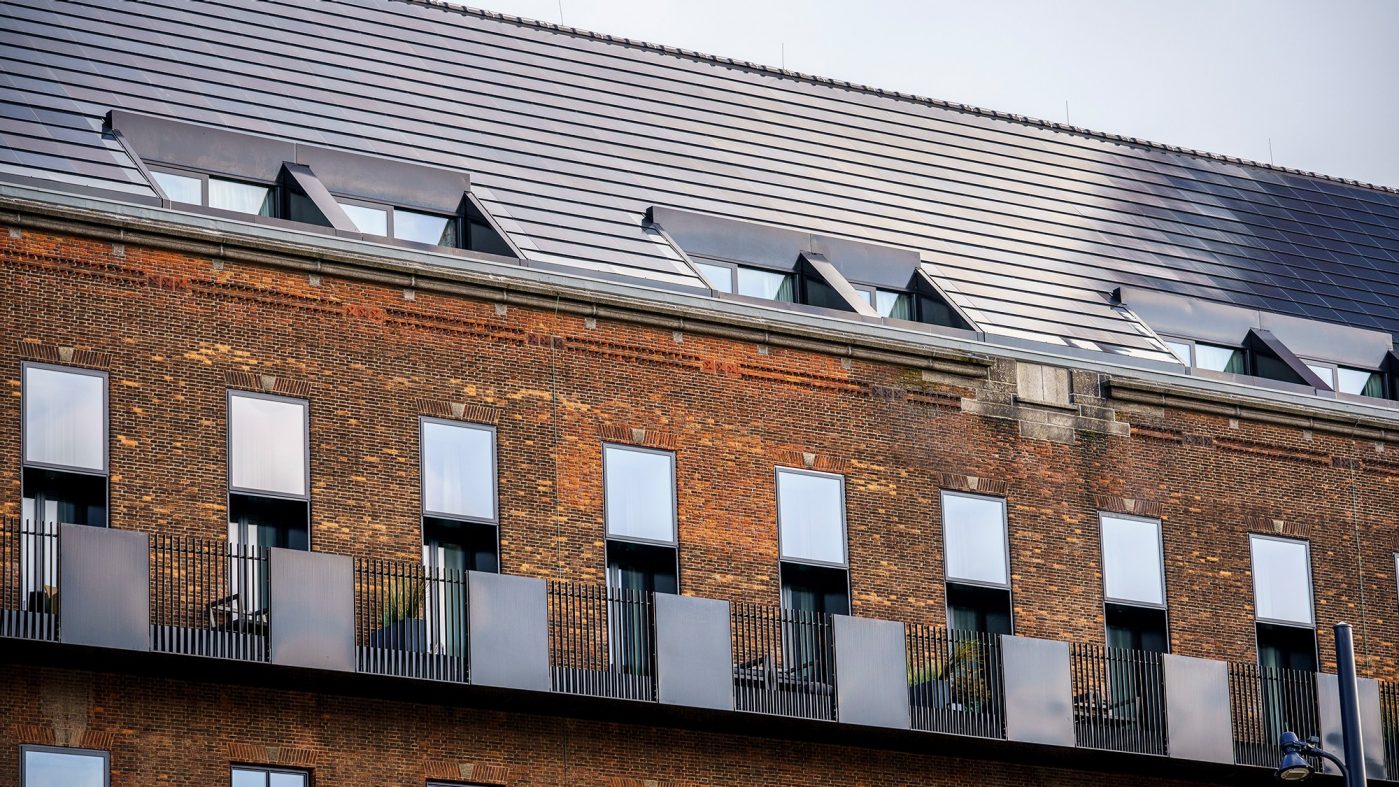 © Wienerberger
© Wienerberger
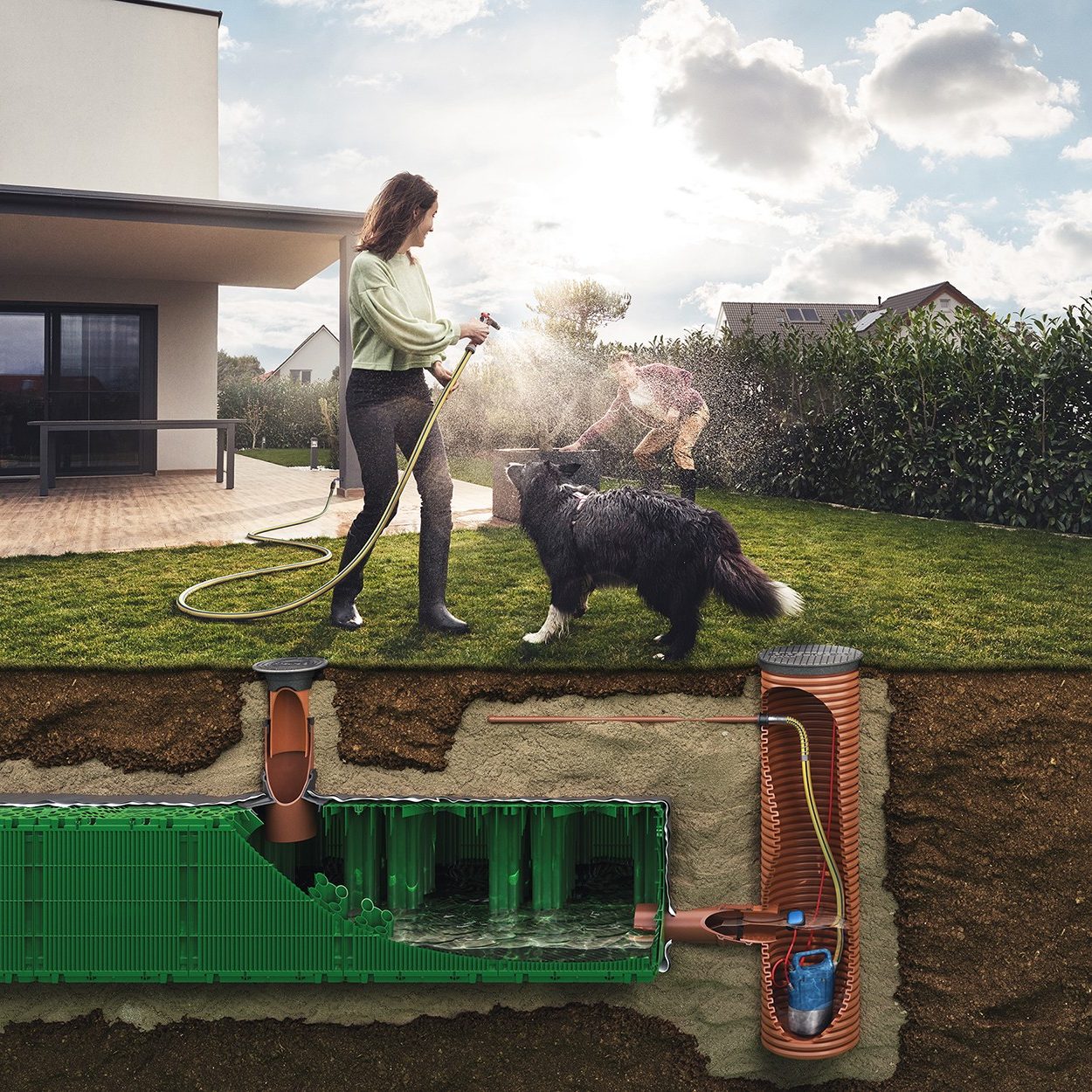
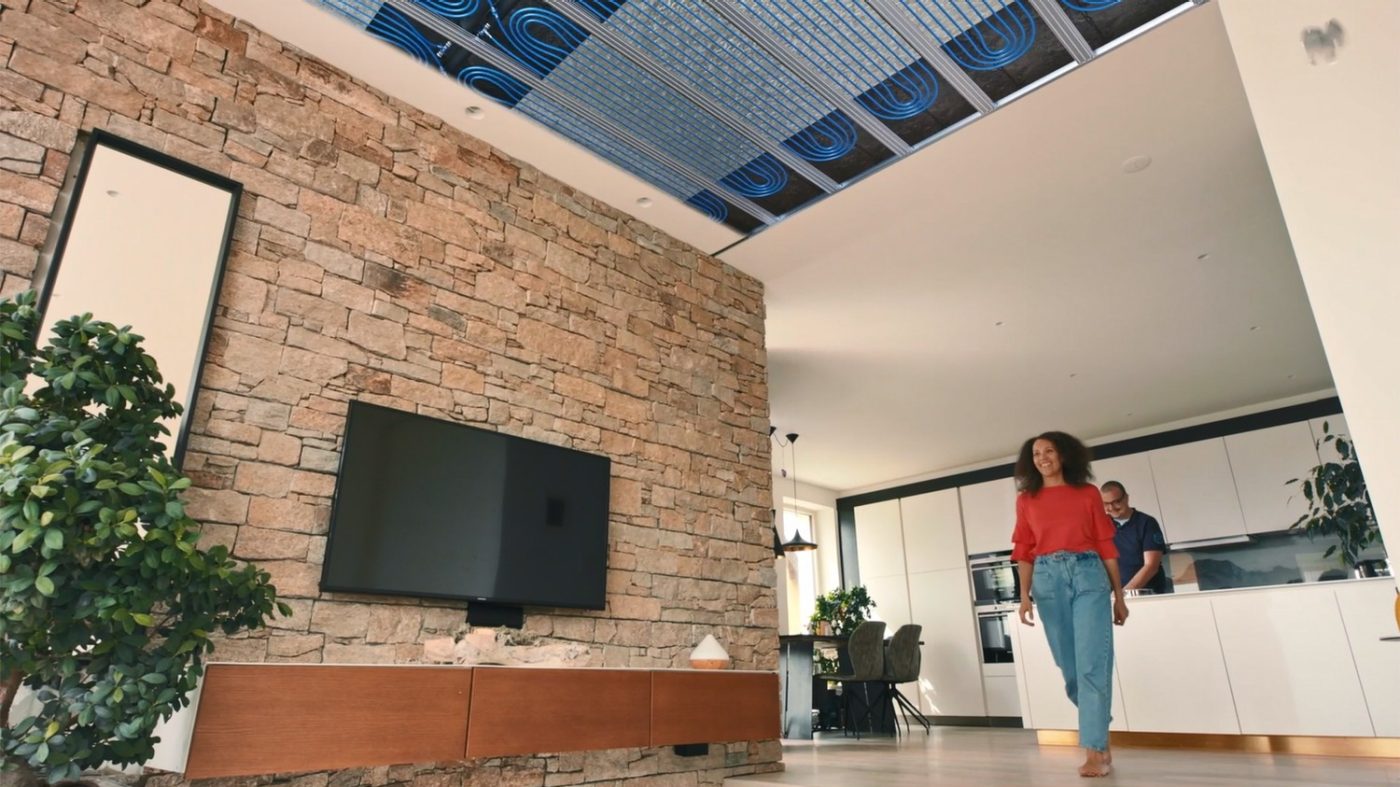 © Pipelife
© Pipelife
 © Robert Staudinger
© Robert Staudinger
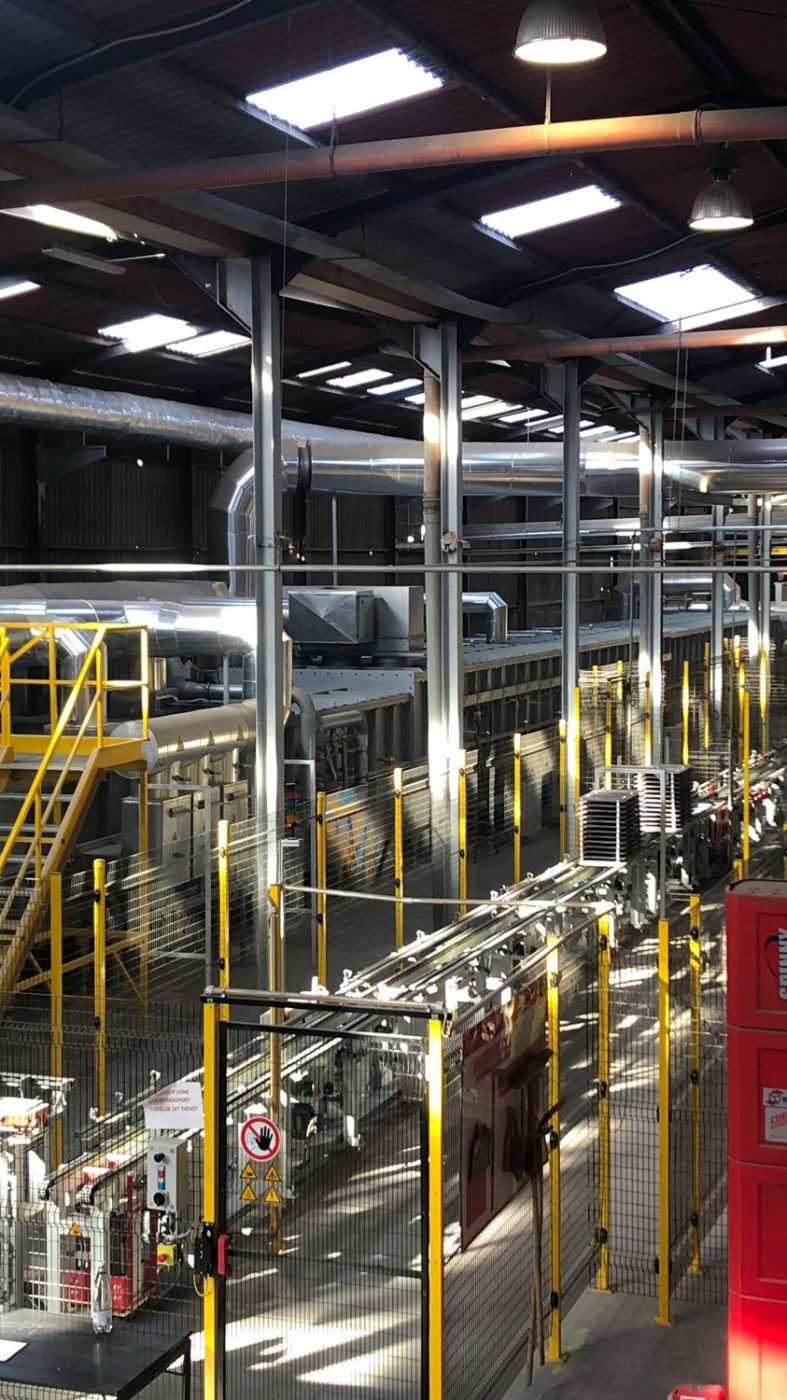 © Wienerberger
© Wienerberger
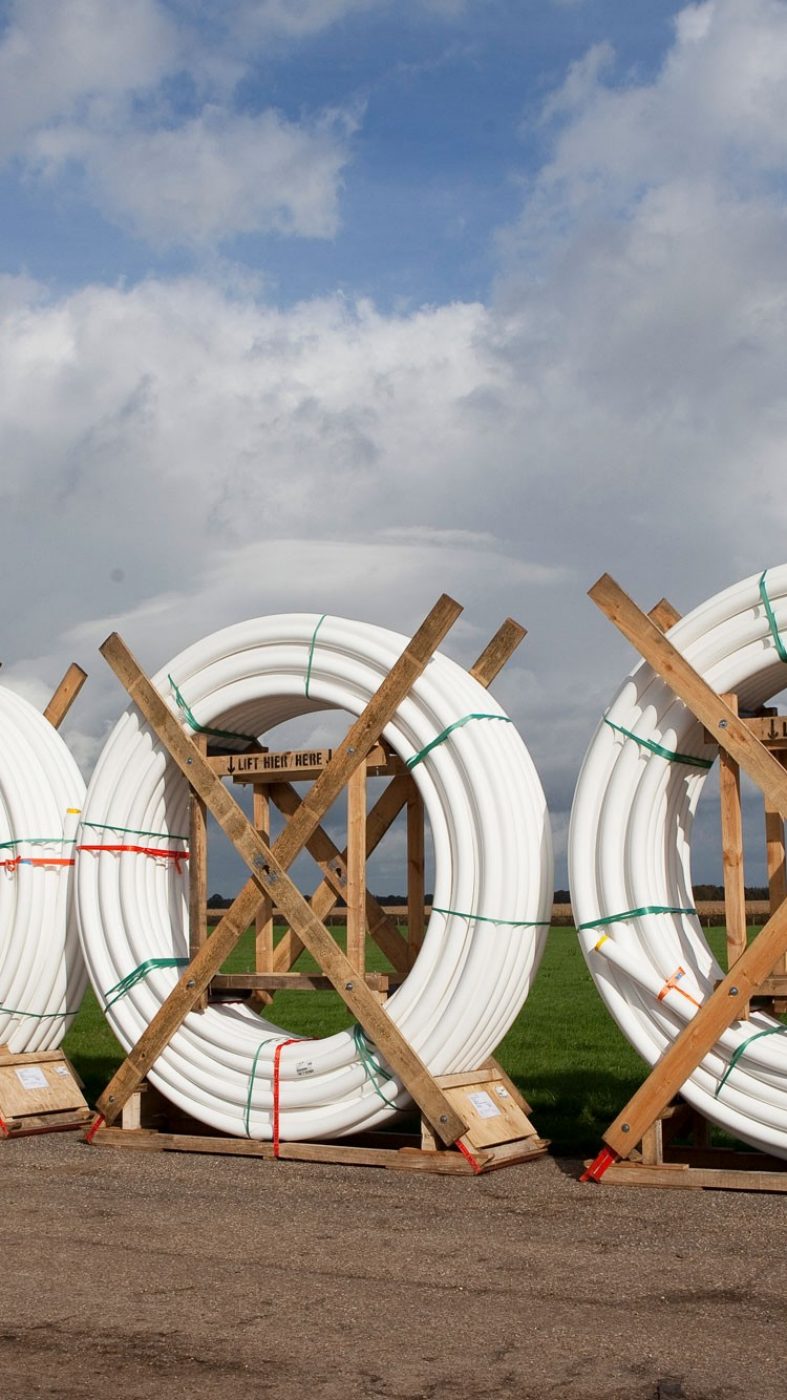 © Erik Poffers
© Erik Poffers